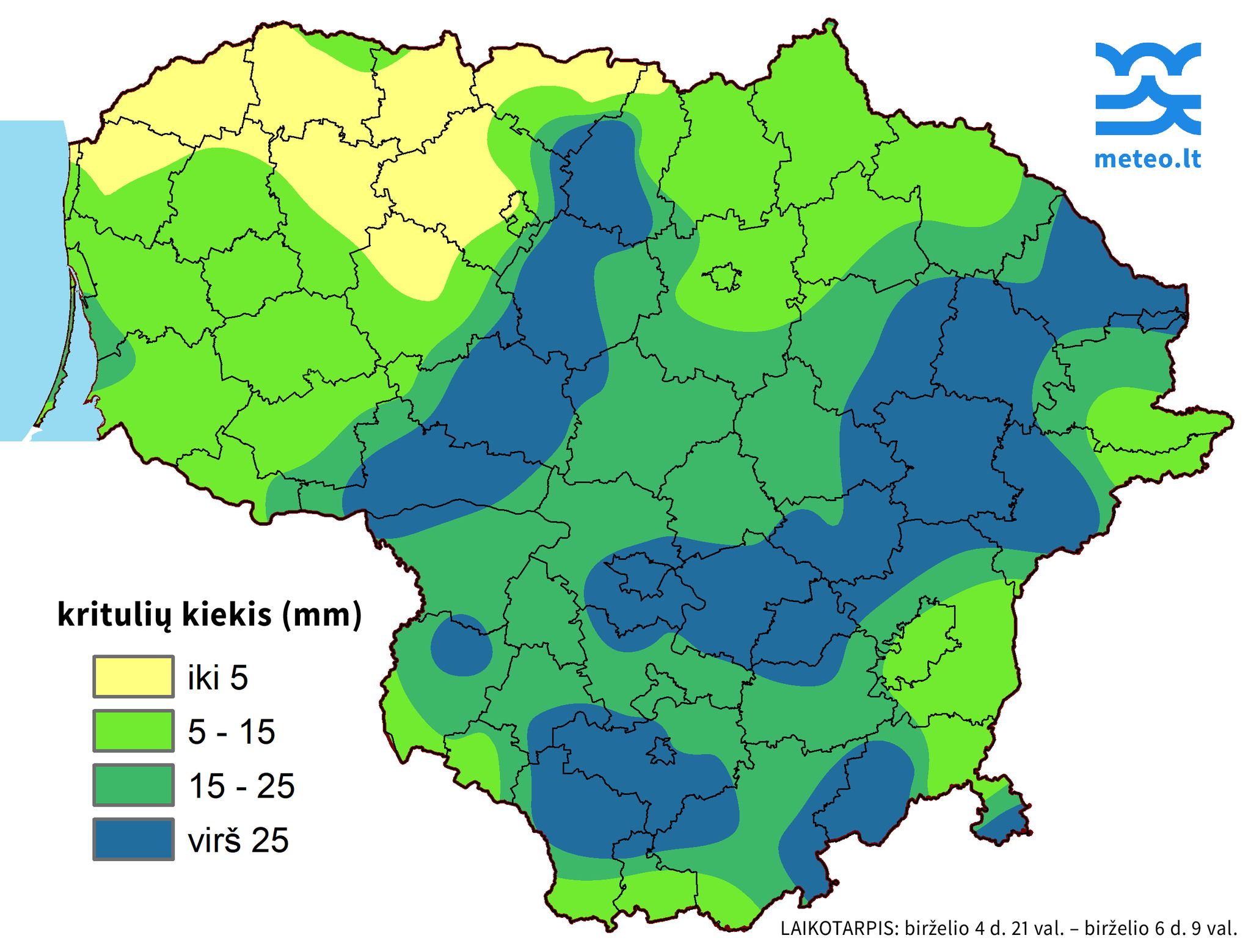« Favor families and sparsely populated areas with new emissions trade »

January 1, 2027, in 21 months, open ETS2EU’s new emission trading system. In combination with the existing emission trading system (ETS1), a statutory, largely comprehensive, ceiling for how large the total future emissions of carbon dioxide from the combustion of fossil fuels within the Union can be introduced.
The decision on ETS2 was made during Sweden’s presidency in the spring of 2023 and is crucial for the EU to live up to its commitments under the global Paris Agreement. At the same time, the Union’s dependence on imported fossil fuels is discontinued from, among others, Russia, which will strengthen security for both Member States and Ukraine.
ETS2 will In principle include all fossil fuel use within the EU that is not already affected by ETS1 (which is dominated by large energy and industrial plants). In Sweden, it is almost exclusively about fuels, on the continent, although coal, villa oil and fossil gas, which there is still accounting for a large part of the individual heating.
The system means that all companies that sell fossil fuels afterwards, to the responsible authorities, must hand over an emission right for each ton of carbon dioxide combustion of their fossil products is expected to cause – otherwise it awaits just fine fines.
For fossil gasoline and diesel, these are 2.36 and 2.54 emission rights per cubic meter, respectively. The emission rights will be brought out on the market through public auctions. The cost is expected to cover the companies via higher fuel prices.
With ETS2, prices of fossil fuels will rise across the EU, basically as much everywhere
2027–2030 is coming A total of just under 3.9 billion ETS2 emission rights to be auctioned off. Emissions from the operations concerned during these four years cannot thus exceed 3.9 billion tonnes, halving compared to 2020-2023.
With ETS2, prices of fossil fuels will rise across the EU, basically as much everywhere. The price effect depends on the outcome at the auctions. Initially, a price of around 50 euros is expected per emission right, which corresponds to a price increase on the fossil part of the gasoline and diesel sold at around SEK 1.70 liters (including VAT). For 2029–2030, there are forecasts of 150 or 200 euros per emission right, which corresponds to price increases of SEK 5-7 liters. (« At pump » the increases become smaller, depending on the involvement of renewable.)
All proceeds from The auction goes directly or indirectly to the Member States. With an average price 2027-2030 of EUR 50 per emission right, the Swedish Treasury will be added to a total of SEK 25-30 billion these years, at the average price 100 euros twice as much. In addition, an additional SEK 5.5 billion from the EU Social Climate Fund (funded by ETS2).
The large income is, in principle, depends solely on auction prices – how much fossil fuels are sold in Sweden does not affect the Swedish state’s revenue.
The effects on households and companies’ finances of more expensive fuels should not be exaggerated, but there are groups that can be trapped. However, the government and the Riksdag have great opportunities to influence the extent to which ETS2 will cause problems.
It acts partly About helping families and companies from the dependence on fossil fuels, primarily by facilitating the transition to electric vehicles. However, at least as important is to strengthen the economy for vulnerable groups so that they can handle the higher fuel prices pending that they can get an electric car.
The faster the sale of fossil fuels is pushed down, the lower the prices of emission rights
The faster the policy acts, the less the problems will be. The faster the sale of fossil fuels is pushed down, the lower the prices of emission rights, and the less the potential stress. Much is about how the time until 2027 is managed.
Most acute is Probably as quickly as possible to strangle the inflow (ie sales) of new gasoline and diesel cars. It can be achieved by adjusting the so -called the carbon dioxide amount in vehicle taxation for new cars. The main purpose is to control the new car trade towards battery vehicles to increase the supply of cheap, used electric cars as quickly as possible, which is crucial for even groups with low incomes to come from fossil dependency. With subsidies for cheap, new electric cars, the effect can be strengthened.
Support for the installation of charging points at housing and workplaces outside our urban areas should be further strengthened. When the sales venues for gasoline and diesel eventually disappear, the availability of charging points becomes central for the everyday life in sparsely populated areas, it probably also applies to households without a car.

Equally important is That by 2027, generous support systems are in place for those who continue to be dependent on the fossil car. The billions of the state will receive from ETS2 goes a long way to ensure that vulnerable groups will receive enough money in the wallet to handle the emission trade’s effects on the household economy.
However, the support must be in place in January 2027, which means that they need to be investigated and decided well in advance of the election 2026. Different types of general support, without individual needs testing, will go a long way. Some conceivable examples:
● Increased child support. Child allowance has good distribution policy accuracy, not least benefits an economically vulnerable group – single with children. The cost of administration is extremely low, the risk of cheating almost non -existent.
● Increased general government grants to sparsely populated municipalities and regions. The grants can be used either to improve their own operations or to reduce taxes and fees for residents.
Properly managed, the revenue from ETS2 can secure the standard for sparsely populated residents and low -income earners, while at the same time increasing their ability to switch to battery vehicles.








